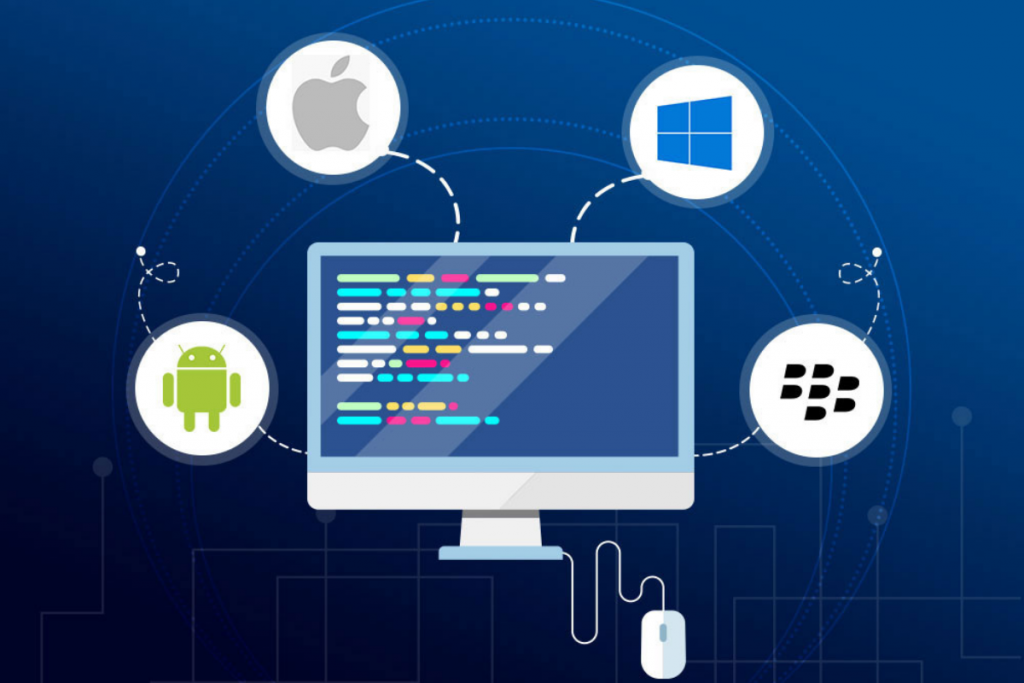The prominence of non-fungible tokens (NFTs) has been growing at strikingly high rates, with this decade set for these tokens to deform the global tech industry for the better. Such changes powered by blockchain technology and other Web3 elements promise to alter the internet by decentralizing control of user data. The role of NFT marketplaces in doing so will be significant since their function is similar to those of eCommerce ventures in the Web2 business space. Yet, there are some points you should consider when you want to build your own NFT marketplace in the future, which we will touch on in this blog.
What Does the Future HODL for NFT Marketplaces?
Before you start to build your NFT marketplace, you might have some concerns about how the future might look like. For those people, I would like to say that the future is bright, irrespective of how the crypto market behaves, as new users are expected to get on board the Web3 space, and new use cases are expected to arise.
From a business perspective, the model offers enormous scope for experimentation as a lot more possibilities are yet to be explored. You should remember that even the slightest change in terms of front-end or back-end can bring your venture big profits.
Unignorable Models in the NFT Marketplace Business
- Universal NFT Marketplace platforms allow users to mint and trade NFTs based on various niches without restrictions. This model will enable creators to find an audience effortlessly, as the platform is open to all without entry barriers.
- Niche NFT Marketplaces enable users to create, sell, and purchase NFTs based on a niche, such as art or music. These platforms typically have some restrictions for entry in order to showcase only high-end NFTs for users.
- Hybrid NFT Marketplaces are the newer type where people are offered exclusive NFT experiences using metaverse technology. Immersiveness is the model’s lifeline as virtual avatars, fashionwear, and other equipment can be created and traded here.
Trends That Drive the NFT Marketplace Model’s Future
-
- Multiple NFT marketplaces have moved to Layer-2 protocols in a move to work in an environmentally-friendly mode by consuming less power than Layer-1 networks and becoming scalable seamlessly.
- Going cross-chain has been another trend that has driven the NFT marketplace model to cater to the futuristic community. Ensuring seamless NFT transactions across blockchains can benefit the NFT community in many ways.
- Airdropping tokens is another tactic that NFT marketplace businesses have taken into their hands. Such native tokens can help ventures earn passive income through price surges and gain a stable community base.
- Curation tokens can be perfect for businesses to recognize the NFT community’s expertise through incentives. For example, suppose an NFT marketplace wants to sell high-end artwork NFTs. In that case, they can provide special tokens as incentives for users who excel in art curation, bringing decentralization to reality.
- Yield farming has become a prominent element in the NFT world as NFTs, and decentralized finance (DeFi) try to interact in meaningful ways. Many platforms have yield farming models by offering NFTs as incentives instead of crypto rewards.
- Marketplaces built inside NFT games have accounted for a portion of trades in the NFT realm, as Web3 gaming has gained importance in recent times, owing to its incentive-based mechanism and the existence of vibrant communities.
- We have also noticed the entry of mainstream players, including global corporates and consumer brands, into the NFT marketplace space. While these ventures mostly tend to capture the attention of the Web3-native community, some try bringing the general public to the NFT world.
How Can 2023 Strengthen the Foundation for NFT Marketplaces?
If you plan to build your own NFT marketplace this year, this section could be of great help. The NFT space in 2023 is predicted to grow to some level, although concentrating on real-world utility rather than profit-focused speculation. The model has seen big-time evolution already, and this year is set to be about refinement.
Also, the perception of NFT marketplaces for businesses could change this year as the community calls for more decentralization of data control. As the model is set to focus on becoming mainstream, it is time for the foundation to be reinforced with novel Web3-focused business systems.
Conclusion
Hence, we have given some trends that continue to drive the NFT marketplace model toward the future. As these platforms can benefit all users and stakeholders involved, one can be assured of having huge benefits. Since these applications have no limits to use cases, you can build your own NFT marketplace quickly. Utilizing professional help is highly recommended, as the process can be challenging if under-planned.
Make use of the NFT marketplace model in 2023 to evolve as a successful business in the Web3 space. Say after me, “NFTs are here to stay and slay the world with their vibrant flamboyance!”







